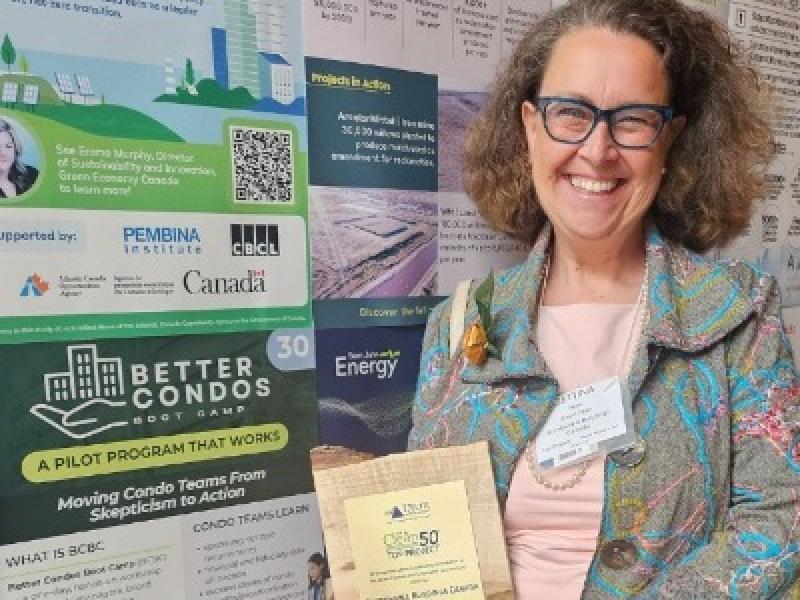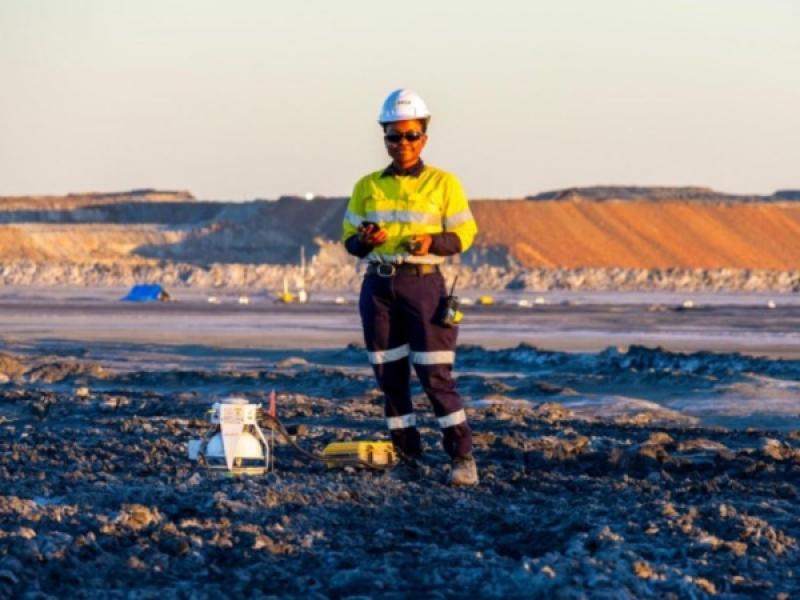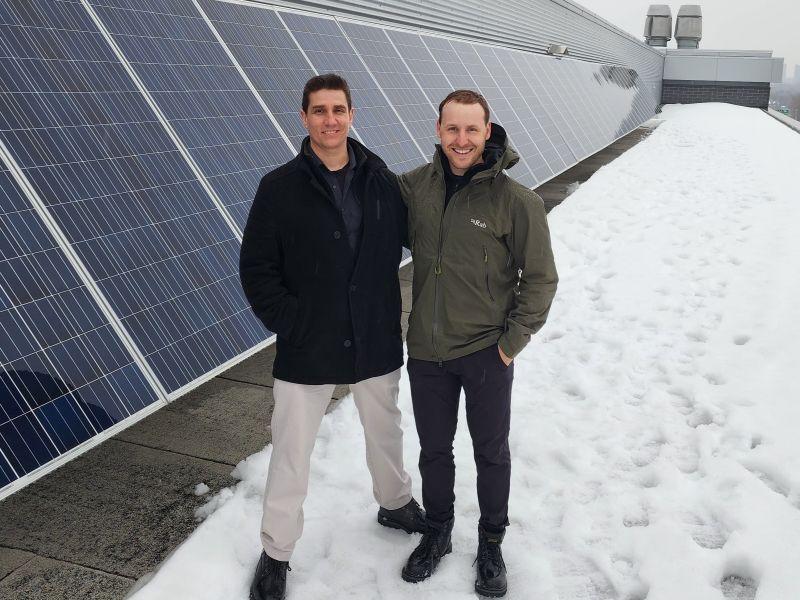
A strawberry-growing greenhouse just north of Jasper National Park in Alberta will be heated by geothermal energy, and the concept could expand further into a mixed-use development powered by geothermal electricity.
Calgary-based geothermal companies E2E Energy Solutions and Novus Earth are partnering on the development and operation of the Latitude 53 Hinton project.
To be located outside the town of Hinton, the first phase will be a 20-acre greenhouse growing strawberries year-round using E2E’s geothermal technology for heat. The second phase, which may consist of residential, commercial and industrial buildings, is expected to use E2E’s technology that enhances geothermal infrastructure to generate electricity.
“E2E wants to be a technology company and develop the technology that a project developer like Novus Earth could use. So we really need to work in tandem so we can help each other out and develop these new geothermal technologies that we can use across the world,” Jeff Messner, president and co-founder of Novus Earth, told Sustainable Biz Canada.
“We really complement each other. The fact that we’re bringing more to the table with respect to geothermal and have better options and can do more, not just provide heat, we can expand power. So it’s a big relationship for both companies,” Nick Daprocida, the CEO of E2E, added.
Strawberry fields for Phase 1
The area around Hinton was deemed viable for geothermal energy in 2015, with Novus taking the reins on development in 2022. The original plan was for vertical farms powered by geothermal energy, but that was changed to a greenhouse, Messner explained.
Daprocida said E2E joined the Hinton effort when he met Messner at industry events and “realized there was a lot of synergies for the two companies."
Drilling for the geothermal system of Phase 1 of Latitude 53 Hinton is scheduled to start in the first half of 2025, with thermal energy for the greenhouse expected to be generated by Q1 2026, according to Messner.
Geothermal fluid pumped from subterranean formations will be used to heat the greenhouse with a surface heat exchanger at 50 gigajoules per hour.
Strawberries are expected to be planted in 2026.
Generating electricity in Phase 2
For the more ambitious Phase 2, which is planned to make use of roughly 160 acres around the well area, E2E’s Enhanced Geothermal Reservoir Recovery System (EGRRS) will be employed. The temperatures involved in Phase 1 are inadequate for substantial electricity generation, necessitating the system upgrade.
EGRRS, Daprocida explained, will be “re-entering into that same formation, harvesting the fluid and taking it deeper to heat it up further and creating a subterranean radiator where we’ll upgrade the fluid and produce it at the surface.” There, the formation’s temperature will be elevated to 200 C from the 130 C to 150 C range.
The target is to generate 10 megawatts of electricity for a variety of applications. An example is powering the greenhouse workers' housing or potential industrial facilities, Messner said. Other potential off-takers have suggested a range of uses for the energy, some of them ideas he would never have even considered.
“Anything that’s using (a) high amount of thermal or electricity is a good user of the geothermal.”
After the heat is flowing from Phase 1, construction on the next stage will take place, Messner added.
By replacing natural gas with geothermal energy, approximately 25,000 tonnes of carbon dioxide will be avoided per year in Phase 1, and 68,000 tonnes per year in Phase 2, Messner said.
E2E and Novus’ upcoming projects
Also in Alberta, E2E is providing the geothermal electricity and heating for the Town of Rainbow Lake.
Since Sustainable Biz Canada last covered the project in December 2023, Daprocida said the company is in talks to acquire a site for the Rainbow Lake facility and is in the first stage of a front-end engineering study. Additionally, it is securing a power purchase agreement to increase the size of the project and its economic viability.
E2E is in talks with groups for more projects in the province, the CEO added.
As for Novus, Messner said the company is in a joint venture with a geothermal developer for a development in Turkey, has a project in eastern Canada with a critical mineral miner, and has its sights set on a worldwide presence.










